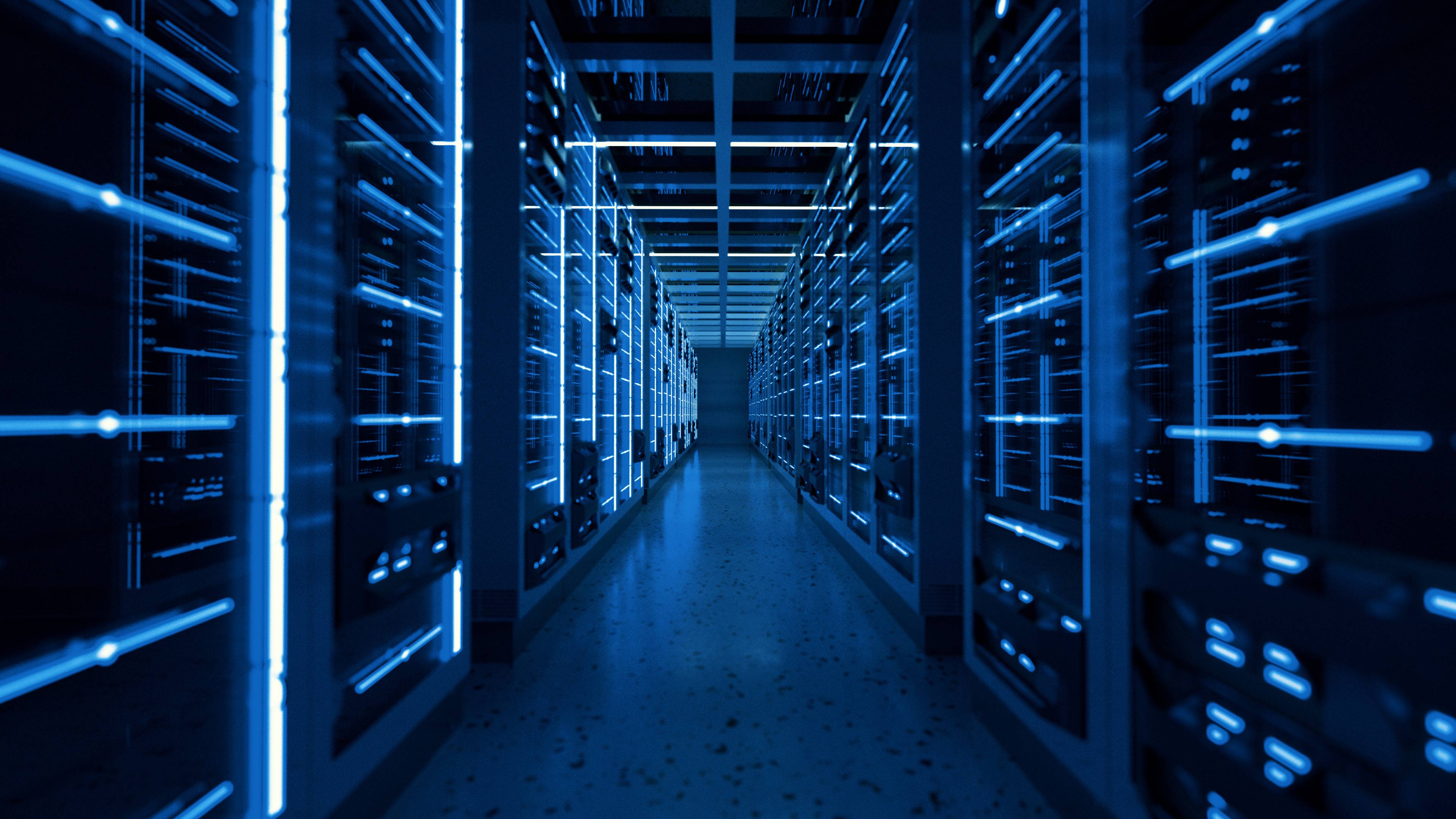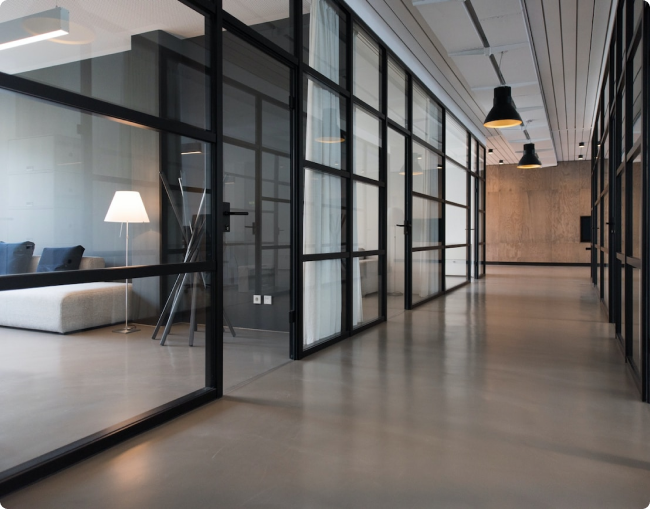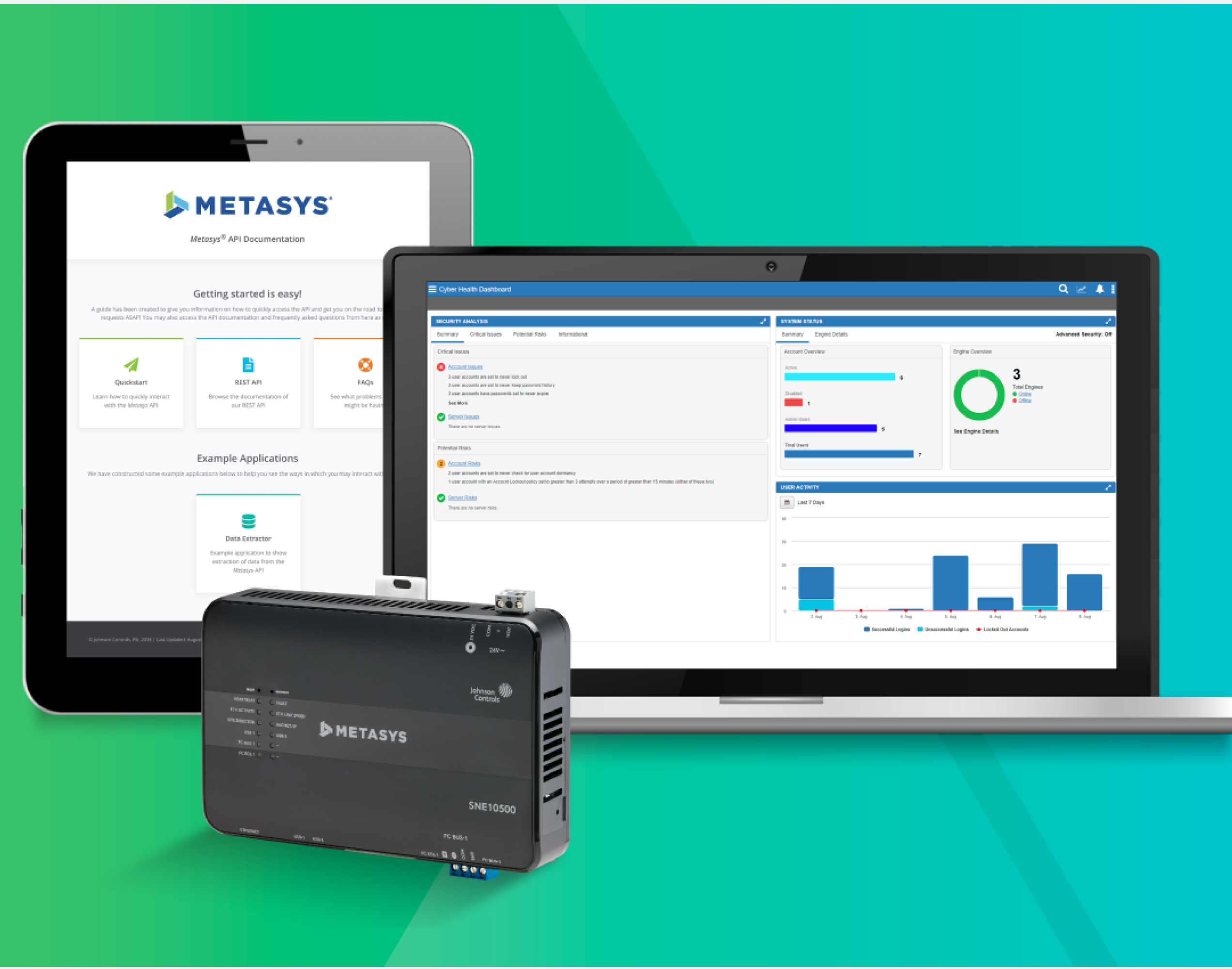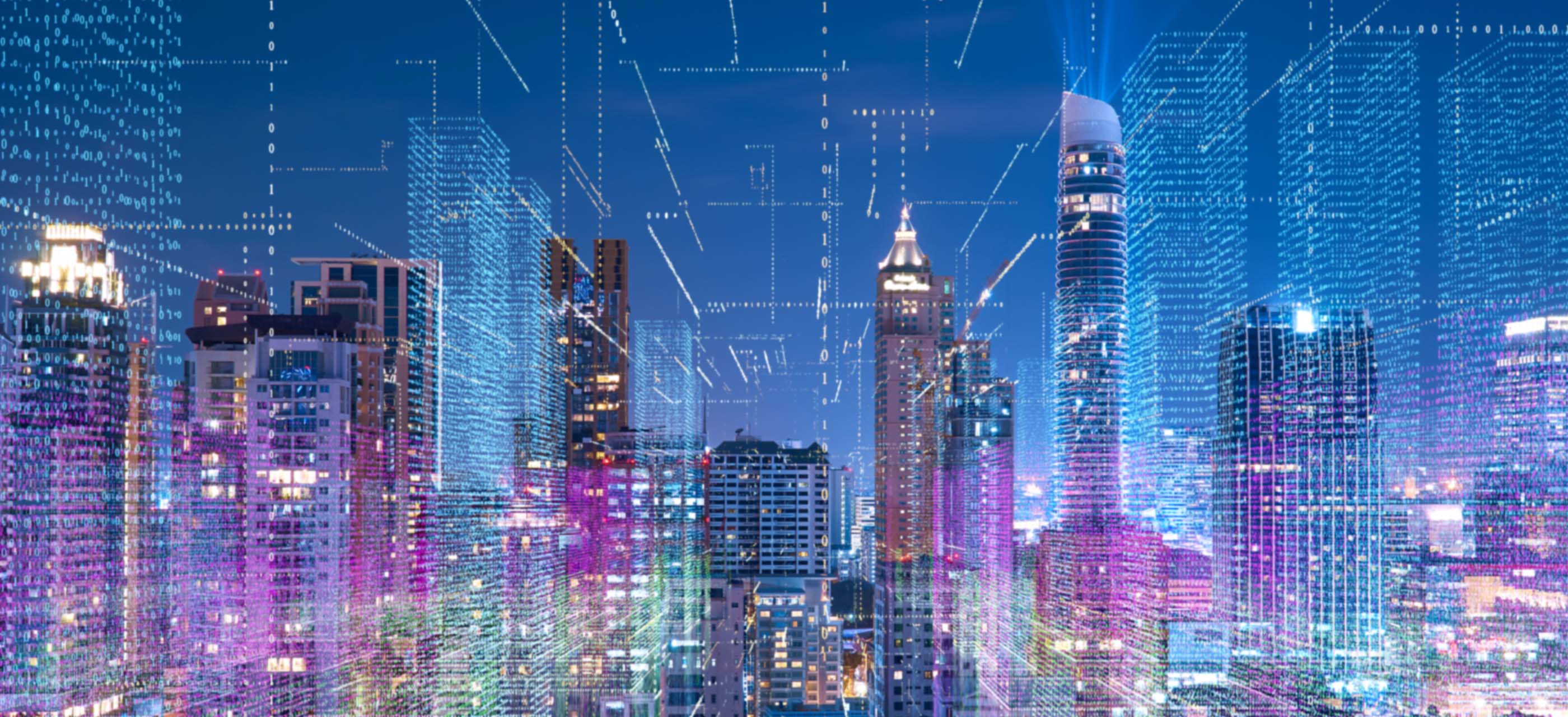Security is essential for every business, whether it's a small shop or a large office. Modern systems go beyond locks and keys, using cameras, access controls, alarms, and smart technology to protect people, property, and data.
Understanding the Core Components of Business Security
A comprehensive business security system is made up of several key components that work together to detect threats and respond quickly. In simple terms, it's not just one alarm or camera; it's a combination of tools creating layers of protection. Here are the basic components that most business security systems include:
Alarms and Sensors
Intrusion alarms and sensors form the first line of defence. Sensors on doors and windows can detect unauthorized entry, motion, or glass breakage, triggering alarms to scare off intruders and alert security staff.
Surveillance Cameras
Video surveillance is central to most security setups. Cameras (whether traditional CCTV or modern IP cameras) record activity on the premises 24/7.
Closed-circuit television (CCTV) cameras send video feeds to on-site monitors. For instance, a security guard might watch several camera feeds in real time. IP (network) cameras, on the other hand, transmit video digitally, allowing you to view live footage or recordings remotely via the internet. In both cases, surveillance cameras act as extra "eyes," capturing evidence of incidents and reducing the likelihood of criminal behaviour.
Access Control Systems
Access control systems manage who can enter your building or restricted areas. Instead of relying on traditional keys (which can be lost or copied), businesses use electronic systems that require a valid credential, such as a keycard, a PIN code, a fingerprint, or a smartphone app, to unlock doors. This ensures that only authorized personnel can enter certain areas.
All these components interconnect as a unified solution. For instance, a door sensor might trigger a camera to start recording when an entry is forced open, or an alarm activation might prompt a text alert to the business owner.
How Video Surveillance Enhances Real-Time Monitoring
Video surveillance allows businesses to keep an eye on their property in real time, day or night. Placing cameras in strategic locations, such as entrances, warehouses, and parking lots, means there is always a watchful eye on what's happening.
A major benefit of video surveillance is the ability to observe activity as it happens. High-risk areas can be monitored continuously, either by security staff on-site or by business owners through remote feeds. The knowledge that cameras are recording can deter theft and vandalism; criminals don't want to be watched or recorded, so visible cameras alone often discourage break-ins.
Key Features of Modern Surveillance Cameras
Today's security cameras come with advanced features that enhance real-time monitoring and recording quality:
Motion Detection
Cameras can use motion sensors or software to detect movement. When motion is detected after hours, the system can send an instant alert or start recording immediately.
Night Vision
Security cameras often include infrared night vision or low-light technology to capture clear footage in low-light conditions. This is crucial for monitoring outdoor areas or unlit warehouses overnight.
Remote Viewing and Alerts
As mentioned, IP cameras enable remote access. You can view live feeds remotely and even control some cameras (like pan-tilt-zoom models) via the internet. Additionally, mobile apps can send real-time alerts if a camera's motion detector goes off.
Cloud Storage
Instead of storing video only on on-site recorders, many systems offer cloud storage for footage. Cameras can upload video clips to secure cloud servers, ensuring important recordings are backed up off-site and can be retrieved even if the camera is damaged.
Access Control Systems: Managing Who Comes and Goes
Access control ensures that only authorized individuals enter your premises or sensitive sections like server rooms. It replaces or supplements traditional keys with electronic credentials that are harder to lose, steal, or duplicate.
Access control systems can also integrate with other management systems. Every door access event can be logged, who entered which door and when. This data can integrate with employee management systems to track attendance or work hours.
Common Types of Access Control
Businesses can choose from several types of access control methods, often combining them for extra security. The most common systems include:
Keycard or Key Fob Systems
Employees carry a card or fob (small device) that they swipe or tap at a reader to unlock doors. The card contains a code that the system recognizes, granting entry if valid. Keycard systems are very popular because they're convenient. If a card is lost or an employee leaves the company, you can simply deactivate that card's access without changing any locks.
Keypad PIN
Instead of a physical card, keypad systems require a numeric PIN code. A door is unlocked when a correct code is punched in on a keypad. Different employees can be given unique codes to enable the system to track entry history.
Biometric Readers
Biometric access control uses personal physical traits to identify people. Common examples are fingerprint scanners, facial recognition cameras, or iris (eye) scanners. These systems grant access only when they recognize a person's unique biometric data.
Mobile Credentials
Many systems now allow a phone to be your key. Mobile access control sends a digital credential to an app on the user's smartphone. When the user comes to a secured door, they can unlock it via Bluetooth, NFC (tap), or even by scanning a QR code, depending on the system.
Empowering Businesses with Advanced Security Solutions
At Johnson Controls Arabia, we are committed to delivering advanced, integrated security solutions tailored to the unique needs of businesses across different sectors. Our offerings encompass access control systems, intrusion prevention, video surveillance, and cybersecurity measures, all designed to safeguard people, facilities, and assets.
Leveraging cutting-edge technologies, we enable remote monitoring and management of building security, ensuring real-time responsiveness and operational efficiency. Our solutions are scalable and adaptable, catering to various industries and facility sizes.
Contact us today to learn more about our security solutions.




































